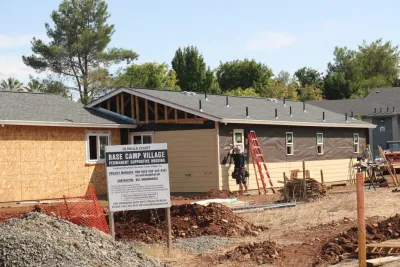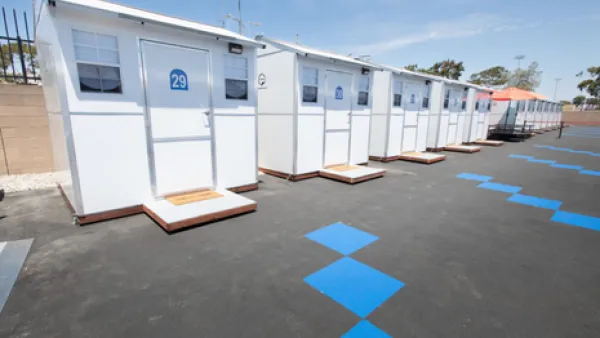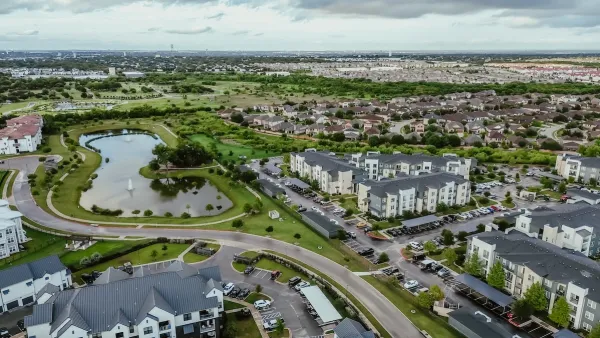How do we balance the need to provide job training to those incarcerated with the need to ensure that prisoners are not exploited for their work?

Programs aimed at creating affordable housing and providing crucial job training for inmates can trace their roots to an innovative program created in South Dakota in the late 1990s.
Bill Janklow, a conservative Republican nicknamed "Wild Bill," pledged to make affordable housing a priority when he was elected to a third term as South Dakota's governor in 1994. Janklow, who died in 2012, spearheaded what’s now known as the Governor’s House Project: small homes built at a lesser cost because they are constructed by inmates who work for free.
Twenty-three years after the program launched, more than 2,000 homes have been sold—two-bedroom houses today can cost $49,700. And in 2019, inmates worked a total of 142,060 hours building the homes, according to the South Dakota Housing Development Authority.
The program has also inspired a similar one that’s set to launch in Missouri this year, while another project in northern California is using inmates to build a 12-unit apartment complex intended for the chronically homeless.
But with the rising focus on rehabilitating inmates comes increased awareness of prisoner exploitation. The Prison Policy Initiative says that when inmates are paid for labor, they can receive as little as nine cents an hour. Inmate advocates are pushing for better standards for workers behind bars.
"They’re providing a service that has value and they should be compensated for it just like everybody else," says Alex Friedmann, managing editor of Prison Legal News and an advocate for the rights of incarcerated people . . .
FULL STORY: Using Inmate Labor to Build Affordable Housing

Analysis: Cybertruck Fatality Rate Far Exceeds That of Ford Pinto
The Tesla Cybertruck was recalled seven times last year.

National Parks Layoffs Will Cause Communities to Lose Billions
Thousands of essential park workers were laid off this week, just before the busy spring break season.

Retro-silient?: America’s First “Eco-burb,” The Woodlands Turns 50
A master-planned community north of Houston offers lessons on green infrastructure and resilient design, but falls short of its founder’s lofty affordability and walkability goals.

Test News Post 1
This is a summary

Analysis: Cybertruck Fatality Rate Far Exceeds That of Ford Pinto
The Tesla Cybertruck was recalled seven times last year.

Test News Headline 46
Test for the image on the front page.
Urban Design for Planners 1: Software Tools
This six-course series explores essential urban design concepts using open source software and equips planners with the tools they need to participate fully in the urban design process.
Planning for Universal Design
Learn the tools for implementing Universal Design in planning regulations.
EMC Planning Group, Inc.
Planetizen
Planetizen
Mpact (formerly Rail~Volution)
Great Falls Development Authority, Inc.
HUDs Office of Policy Development and Research
NYU Wagner Graduate School of Public Service




























